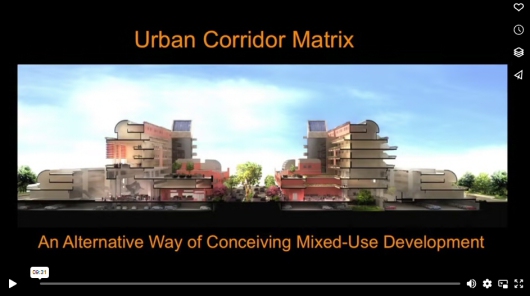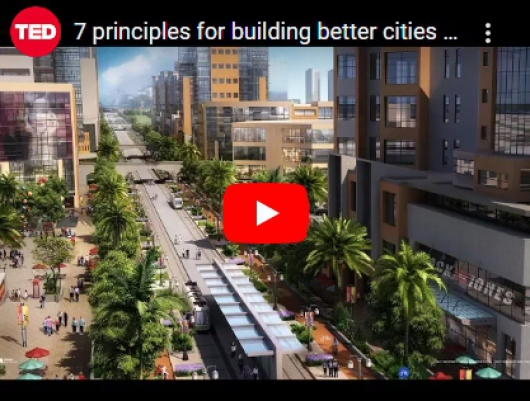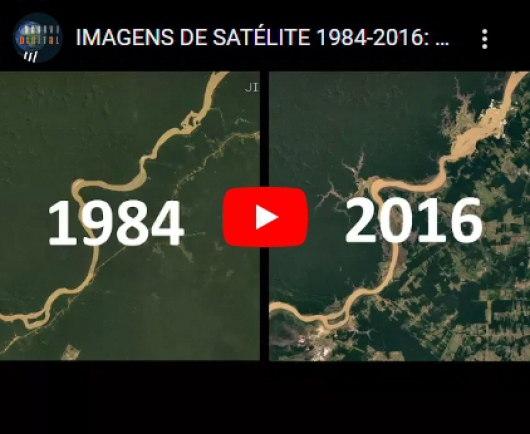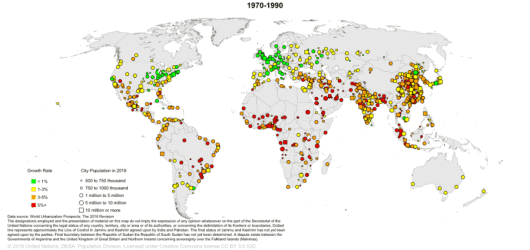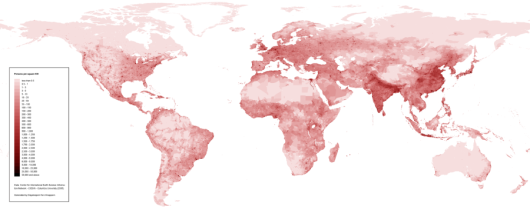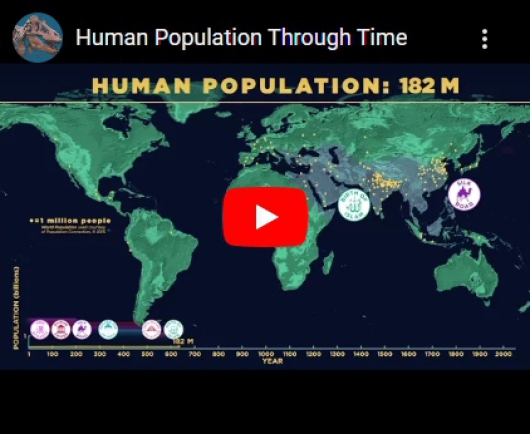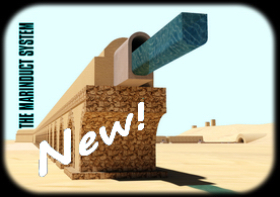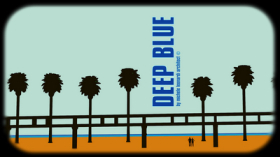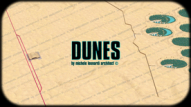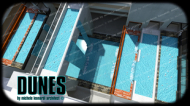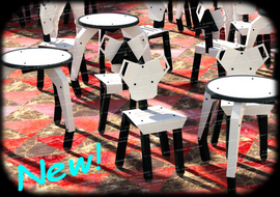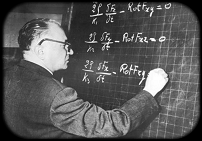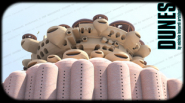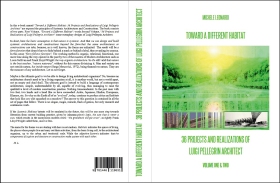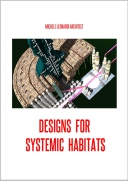Urban Renewal of
Modern Cities
F O R A N U R B A N R E N E W A L
B E Y O N D A N Y F O R M A L I S M :
form follow function,
and form-function does not chase anyone.
THE URBAN
renewal of modern cities it passes through the recovery of the human dimension in the cities: free outdoor spaces for meeting, exclusive pedestrian paths different from those of urban mobility, public cultural spaces, spaces for sport and leisure: museums, concert halls, urban parks, etc.
In the future, the simply replacing cars with flying cars will change nothing in terms of vehicular congestion or improving the quality of life in the cities and megalopolis.
The day flying machines finally become established, anyone can easily imagine that traffic and congestion will simply move from the current roads on the ground to future main routes in the sky.
Therefore today and tomorrow, the mechanized public transport systems will remain the best way to move a large number of people, i.e. with: trains, rapid transit, people movers, monorails, trams, underground subways, bus, etc., and integrating all these transport systems with each other, when they are present simultaneously in a city.
SO WHERE IS
THE NEW?
All this is nothing new, and in cities all over the world solutions of all kinds have already been implemented, which go in this direction: to try to make modern cities more on a human scale.
THE NEW IS
never losing sight of the ultimate goal: the human beings and a better quality of life. This is what the Meghiddo Architects and Peter Calthorpe Architect say through their proposals for urban renewal:
"An Urban Corridor Matrix:
An Alternative Way of Conceiving Mixed-Use Developement",
by Meghiddo Architects
"Seven principles for building better cities"
by Peter Calthorpe Architect
BIBLIOGRAPHY
- Michele Leonardi: Toward a Different Habitat, Translated in 2023 in English by the Author; SIAE Rome, Italy, 2012.
- Frank Lloyd Wright: "The Disappearing City", 90 pp., William Farquhar Payson, New York, NY, USA, 1932.
- The Worldwatch Institute: "State of the World 2007: Our Urban Future", The Wordwatch Institute, N.Y., NY USA, 2008.
In 2008, half of the Earth’s population will live in urban areas, marking the first time in history that humans are an urban species. State of the World 2007: Our Urban Future examines changes in the ways cities are managed, built, and lived in that could tip the balance towards a healthier and more peaceful urban future.
- David Harvey: "The Urban Experience", 312 pp., Johns Hopkins University Press, Baltimore, Maryland, USA, 1989.
This book makes available to undergraduates the author's recent writing (including a new essay on flexible accumulation and the city of spectacle) on the physical and social environment of western cities, in which he explores the links between the processes and pressures of urbanization, the culture of urban life - in effect the culture of the west - and the nature of capitalism in the post-industrial world. The collection contains three of the five essays from "Consciousness and the Urban Experience" and four of the eight from "The Urbanization of Capital". The essays embody the combination of theory, observation and interpretation most characteristic of the author's recent work, and address the needs and interests of students of urban processes in departments of geography, sociology and politics. The book is aimed at students of urbanization and urban society in departments of geography, sociology and politics.
- Kevin Lynch: "Good City Form", The M.I.T. Press, Cambridge, Massachusetts, USA, 1984.
Lynch looks at connections between human values and the physical forms of cities, sets requirements for a normative theory of city form, reviews earlier physical images of what utopian communities might be, sees what is to be learned from hellish images, and helps us place city forms into one or another of three theoretic constructs; cosmic or ceremonial centers, the machine city, and the city as an organism.
- Zygmunt Bauman: "Wasted lives. Modernity and its Outcasts", Polity Press, Cambridge, United Kingdom, 2004.
The production of 'human waste' - or more precisely, wasted lives, the 'superfluous' populations of migrants, refugees and other outcasts - is an inevitable outcome of modernization.
It is an unavoidable side-effect of economic progress and the quest for order which is characteristic of modernity. As long as large parts of the world remained wholly or partly unaffected by modernization, they were treated by modernizing societies as lands that were able to absorb the excess of population in the 'developed countries'. Global solutions were sought, and temporarily found, to locally produced overpopulation problems. But as modernization has reached the furthest lands of the planet, 'redundant population' is produced everywhere and all localities have to bear the consequences of modernity's global triumph. They are now confronted with the need to seek - in vain, it seems - local solutions to globally produced problems. The global spread of the modernity has given rise to growing quantities of human beings who are deprived of adequate means of survival, but the planet is fast running out of places to put them. Hence the new anxieties about 'immigrants' and 'asylum seekers' and the growing role played by diffuse 'security fears' on the contemporary political agenda.
With characteristic brilliance, this new book by Zygmunt Bauman unravels the impact of this transformation on our contemporary culture and politics and shows that the problem of coping with 'human waste' provides a key for understanding some otherwise baffling features of our shared life, from the strategies of global domination to the most intimate aspects of human relationships.
Satellite imagery 1984-2016:
32 years of changes on Earth
Urbanization Prospects 2018:
Growth rates of urban agglomerations by size class:
Data source: © 2018 United Nations, DESA, Population Division.
Licensed under Creative Commons license CC BY 3.0 IGO.
World human population density map, 2005:
Formato immagine portable network [1.9 MB]
Documento Adobe Acrobat [2.3 MB]
Data source: Wikipedia, courtesy by CIESIN-Columbia University, U.S.A, 2005.
Creative Commons license CC 1.0 Universal Public Domain Dedication.
Human Population Through Time

